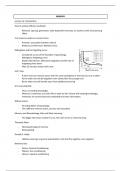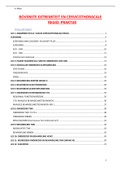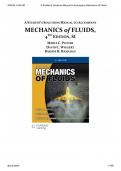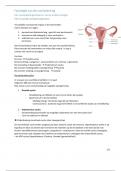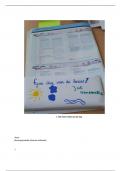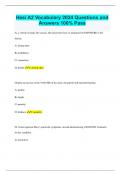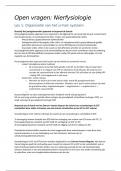Samenvatting
2024 Exam Summary for B&C: MLE (Memory, Language and Emotion)
- Vak
- Instelling
Be prepared for the MLE (Memory, Language, and Emotion) course with this comprehensive PDF summary: This resource captures all the crucial information from the lectures and includes summaries of relevant readings and got me an 8 for my MLE exam. This summary will guide you through the course, mak...
[Meer zien]
